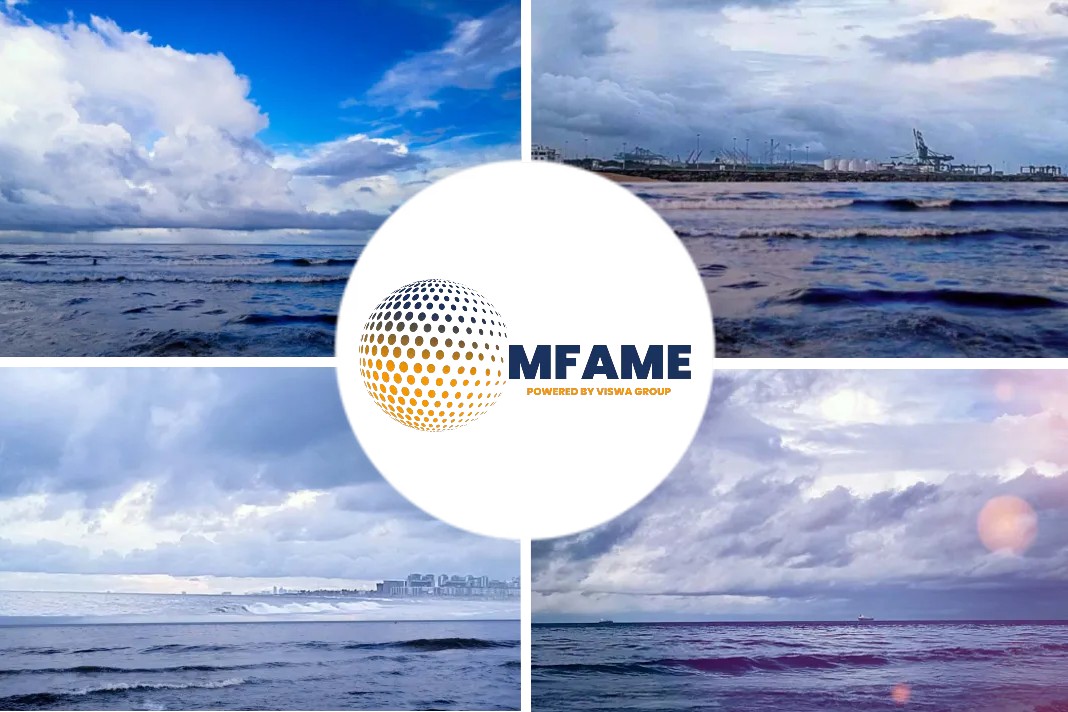
Two Finnish gas tankers perpetually circling the Baltic Sea,states a Yle news source.
Finnish gas tankers
The vessels carrying Russian liquefied natural gas (LNG) cannot dock in a Finnish port because the gas must be maintained at a temperature of -163 degrees Celsius.
Two tankers leased and operated by Finland’s state-owned gas firm Gasum have been continuously cruising around the Baltic Sea this month as the liquefied natural gas (LNG) they are carrying has prevented them from docking in a Finnish port.
One of the vessels has continued to cruise in the sea region since the beginning of July and there is currently no information available about its destination port.
The ships cannot head into a port and stop because the LNG being carried will begin to evaporate, environmental scientist Mikko Heikkilä explained, as the gas needs a temperature of -163 Celsius to remain in liquid form.
The two tankers are generating large amounts of carbon dioxide and methane emissions, according to Heikkilä, who has long questioned Gasum’s operations.
“There’s really no point to this. LNG has many drawbacks from a climate perspective, and its transport chain is far from sustainable,” Heikkilä said.
The longer an LNG tanker is docked, the more gas evaporates, he added.
“The warmer the outside air temperature is, the faster the gas evaporates. In such a small tanker, there is no other way to [maintain the temperature] that by using power from the ship’s own engines,” Heikkilä said.
Situation caused by volatile energy market
The tanker Coral Energice departed Tornio in Finnish Lapland at the beginning of this month, while Coral Energy left Vysotsk in Russia on Saturday.
According to Heikkilä’s calculations, The Coral Energice takes about 20 hours to circumnavigate the island of Gotland. During this time, a total of about 20,000 kilos of LNG will be burnt and around 58,000 kilos of carbon dioxide will be produced.
“On top of that, you have to add the methane output, which is 600 kilos. These are huge emissions if you compare them with road traffic,” Heikkilä noted.
Gasum’s Deputy CEO, Anders Malm, told Yle that the need to keep the vessels moving is caused by the instability of supply and demand in the energy market due to Russia’s war in Ukraine.
“This volatility is difficult to predict, and currently demand for LNG is lower than before. At the moment we have more transport capacity than demand and therefore some of our ships are waiting in the Baltic Sea,” Malm said.
Sustainable solutions in the future
He added that the company plans to introduce more sustainable solutions in the future.
“We constantly evaluate sustainability in our operations. We are currently mapping out different ways to reduce our environmental impact. This includes both technical investments and ship optimization,” Malm said.
According to environmental scientist Heikkilä, there are many factors that have led to the current situation.
“When the war broke out, natural gas came to Finland through a natural gas pipeline. Now the natural gas used in Finland comes mainly by sea. Because many people stopped using gas, it is now less available. This has led to a situation where tankers are idle because they are waiting for someone to consume it,” Heikkilä explained.
Did you subscribe to our newsletter?
It’s free! Click here to subscribe!
Source: Yle






















